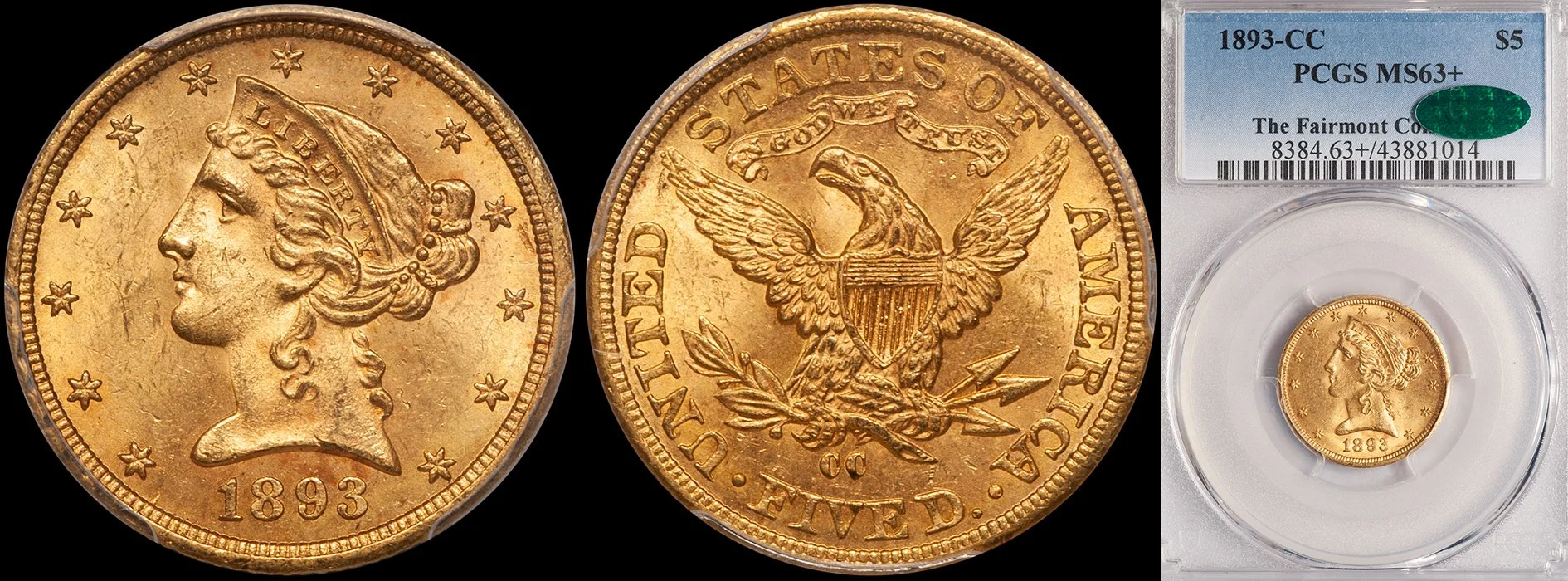One of my favorite under-the-radar U.S. gold issues is the 1857-S gold dollar. This is a coin that is really hard to find yet nice examples can still be purchased for less than $2,000. Read on for some “need to know” information about this interesting issue.

San Francisco only produced gold dollars for a total of seven years. The 1856-S is probably the best known of these issues due to its being a popular one-year type but, ironically, it is probably the most common gold dollar from this mint. The 1870-S is the rarest of these in terms of its overall availability but it is actually more obtainable in Uncirculated than generally realized. The dates that are the hardest to locate in higher grades are the 1857-S, 1858-S and 1859-S and it is my belief that the 1857-S may be the toughest of the three.
A total of 10,000 1857-S gold dollars were struck of which I would estimate that 150-200 are known. This date is seldom found below EF40; this is due to the fact that the small size of the gold dollar did not make it a coin that could easily circulate for many years and subsequently become heavily worn. Most of the survivors are in the EF45 to AU55 range. The 1857-S becomes scarce in properly graded AU55 to AU58 and it is quite rare in Uncirculated.
As of March 2008, PCGS has graded seven 1857-S’s in Uncirculated including one in MS64, two each in MS63 and MS62 and another two in MS61. NGC has graded sixteen in Uncirculated with one each in MS64 and MS63, two in MS62, nine in MS61 and one in MS60. I believe the NGC figures are inflated by resubmissions and I also believe that the NGC MS64 and PCGS MS64 are the same coin. In my best estimation, there are around ten to fifteen truly Uncirculated 1857-S gold dollars with most of these in the MS60 to MS62 range. I know of only two really choice pieces:
-Bowers and Merena Bass II: 121 (10/99) @ $16,100. This coin was graded MS63 by PCGS in the Bass sale and I believe it may be in an MS64 holder today.
-David Akers Pittman I: 880 (10/97) @ $13,200. I purchased this coin in the Pittman sale and it graded MS62 at PCGS; I believe that this coin is in an MS63 holder today.
The 1857-S is generally a well struck date, as are all of the San Francisco gold dollars. There are some pieces known that show weakness on the curls below LIB in LIBERTY and the date can occasionally show light weakness on the tops of the 85.
The quality of the surfaces for this issue tends to be somewhat below average. I have seen a number with mint-made lintmarks and others that show die deterioration at the NI in UNITED and/or the C in AMERICA that weakened these areas.
The luster is most often satiny with a slightly grainy texture. A few are known with semi-prooflike luster but this tends to be on circulated coins with abrasions, resulting in sub-standard eye appeal.
The natural coloration ranges from rose-gold to orange-gold and I have seen some 1857-S gold dollars with very attractive color. As one might expect, such coins are becoming harder and harder to find as more are being dipped and/or brightened.
As I mentioned above, I feel that this is a considerably undervalued coin. In fact, I think all of the Type Three gold dollars from this mint are great value in comparison to Charlotte and Dahlonega gold dollars. As an example, I recently sold a nice PCGS AU55 1857-S gold dollar (the coin imaged above) for less than $2,000; the same price level I would have gotten for a far more common 1851-C in a lower grade.
Uncirculated examples of this date are remarkable good value in my opinion. An MS61 is likely to trade in the $5,000-6,000 range while an MS62 would bring around $7,000-8,000 if available. Again, in comparison to the more popular C & D mint gold dollars of this era, the 1857-S seems like really good value to me.











